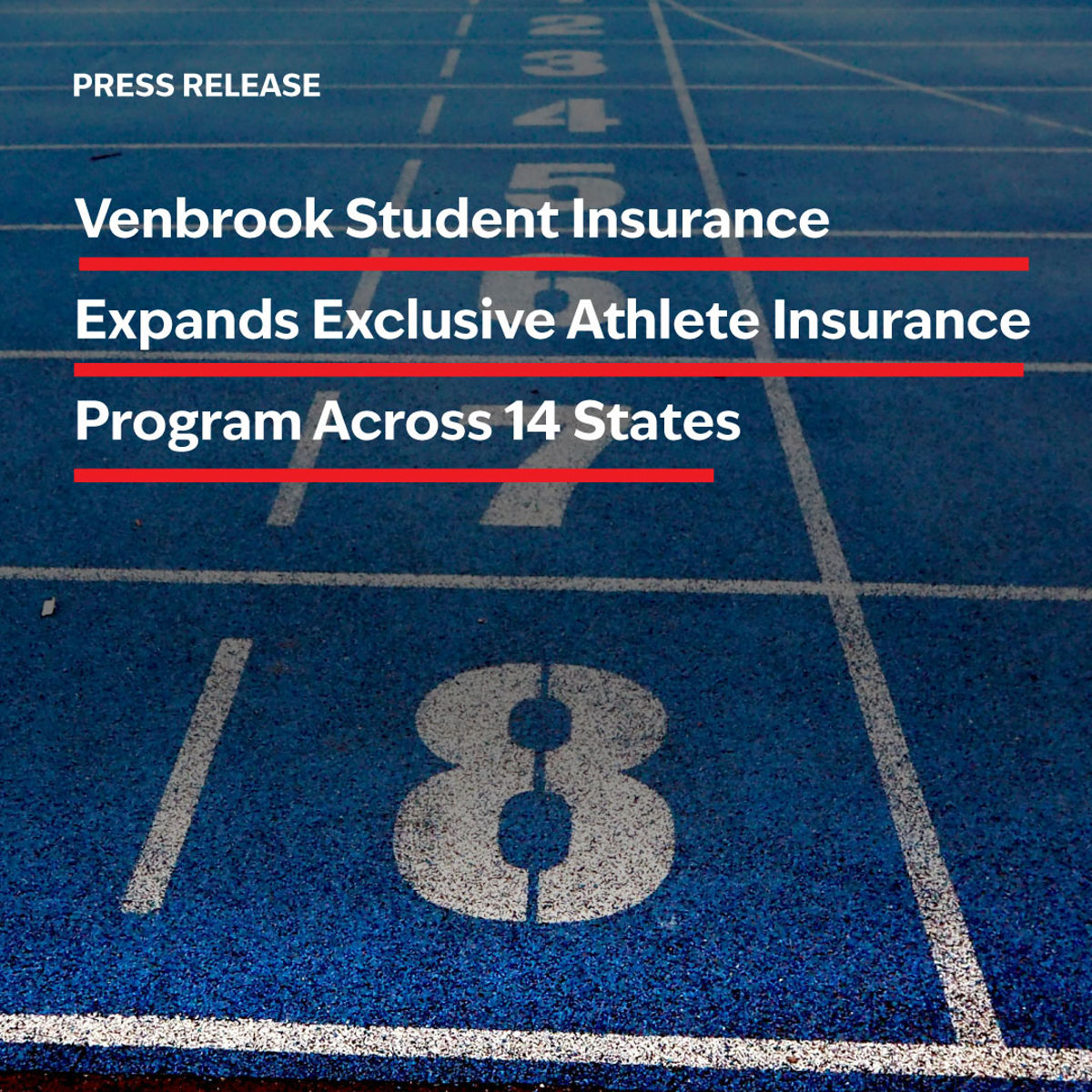Summer means making the most out of your investments, from fishing yachts to jet skis, ATVs and more — as long as you’re adequately covered.
And while 92% of wealthy individuals are concerned about the size of potential liability verdicts, only 36% of wealthy households carry the excess liability insurance limits needed to cover.(1) That leaves too many high-net-worth households exposed, without even realizing it.
One of the most overlooked gaps in coverage involves lifestyle assets, including seasonal or recreational properties. Many assume umbrella coverage will step in during a serious claim, but unless each asset has a dedicated underlying policy, that umbrella may not respond at all, or result in significant coverage shortfalls. Here are key areas to review as summer activity — and risk — ramps up.
1. Secondary Homes Come with Year-Round Responsibility
Whether it’s a lake house or a coastal cottage, secondary homes can carry more risk than expected, especially when used as short-term rentals. Many homeowners don’t realize that renting, even occasionally, can void coverage under your traditional homeowner’s policy.
What to Consider:
- If you rent your property, even occasionally, you need a separate short-term rental policy as standard homeowner’s insurance will not cover rental-related losses. Common rental risks like theft, vandalism, or water damage during a guest’s stay may result in a denied claim if not properly insured.
- Insurers may investigate platforms like Airbnb or VRBO during a claim to determine if the home was rented out and deny coverage if it was.
- Short-term rental policies may have exclusions for theft or mysterious disappearance, so review coverage details carefully.
- If you rent out a detached structure like a guest house or garage apartment, that space will need its own policy.
- Rentals longer than 12 months typically require a long-term landlord or dwelling policy.
Pro Tip: When no one is living in the home for weeks at a time, unmonitored issues — like water leaks or break-ins — can cause major damage. Smart tech, alarms and remote monitoring add valuable protection when the property is unoccupied.
2. Motorized Vehicles Need Dedicated Coverage
Owners often underestimate the liability tied to smaller recreational vehicles. Even modestly priced vehicles, like an $8,000 jet ski or a golf cart, can result in six- or seven-figure claims if someone is injured. Without primary coverage, the umbrella won't respond.
What to Consider:
- Secure separate policies for ATVs, UTVs, e-bikes, golf carts, jet skis and other recreational vehicles, regardless of their value.
- Ensure the policy includes both bodily injury liability and property damage coverage.
- List these vehicles under your umbrella policy once underlying coverage is active.
Pro Tip: Recreational vehicle liability often hinges on negligence, including factors like operator behavior, speed and compliance with local laws. Make sure those operating your vehicles are familiar with local laws, avoid reckless behavior and meet any licensing requirements.
3. Boat Coverage Hinges on Size, Speed and Use
From runabouts to yachts, watercraft come with unique risks and complex insurance requirements. The profile of the vessel — including factors like size and speed — along with its location and who is operating it determines coverage needs and whether you’re dealing with standard or surplus lines markets.
What to Consider:
- Boats under 26 feet may be scheduled under homeowners insurance; vessels over 27 feet likely need a standalone marine policy.
- Confirm who will be operating the boat. Insurers may require a licensed captain and will review operator credentials.
- Be aware of mooring location, especially in coastal or hurricane-prone areas. States like Florida and those bordering the Gulf of Mexico may have unique restrictions.
- To protect onboard valuables, ensure items like gear, electronics and coolers are included under your personal property coverage limits.
Pro Tip: Additional coverages to consider include wreck removal (if the vessel is grounded or damaged in shallow water), oil pollution liability coverage, search and rescue services and trailer coverage.
4. Pools Pose High Liability — Even When No One’s Swimming
Pools are among the highest personal liability exposures on a property. Claims can reach eight figures, and owners can be held liable even if they weren’t present at the time of an incident.
What to Consider:
- Maintain adequate umbrella and excess liability coverage.
- Ensure your pool is fully fenced and meets local and insurer safety requirements.
- Avoid high-risk features like diving boards or slides, which significantly increase risk and may limit coverage options.
- Consider using pool covers for added protection and to reduce unauthorized access.
- Alcohol service at gatherings near or in the pool area introduces higher legal risk, and attorneys often cite it as evidence of negligence.
Pro Tip: The most important protection beyond smart and safe use of the pool is having significant umbrella coverage and confirming your policy isn’t subject to restrictive exclusions.
Protect Your Lifestyle Without Unnecessary Exposure
You’re invested in the homes, experiences and assets that make your lifestyle uniquely yours. Ensuring each of them is properly protected is key to safeguarding your wealth and your peace of mind. By proactively identifying coverage gaps and aligning protection with your actual lifestyle, you can enjoy the season with greater confidence and reduced risk.
[1] CHUBB Insurance “The Wealth Report,” 2023.
Explore personalized coverage tailored to your lifestyle. Connect directly with Christina Oakes for dedicated private client support.
























